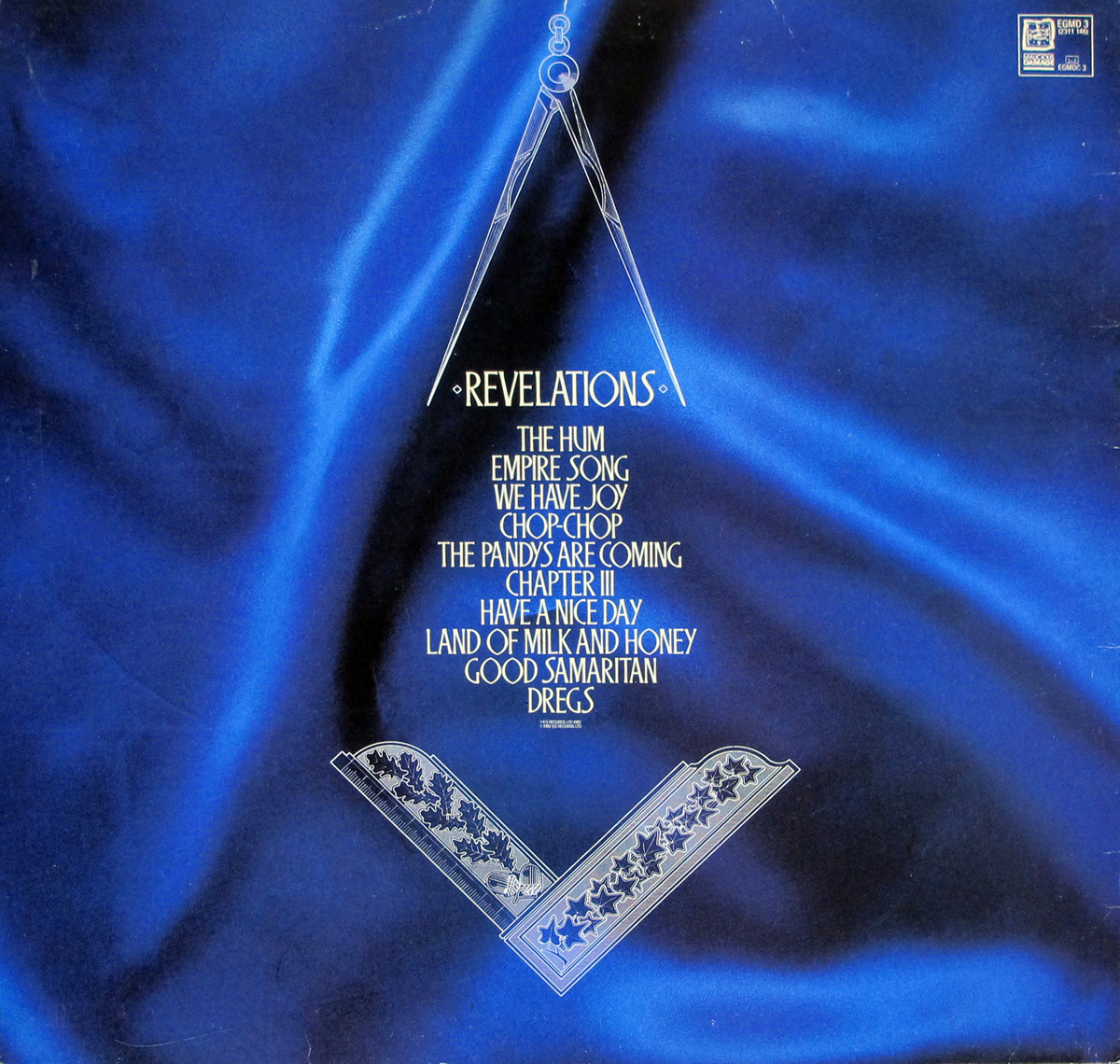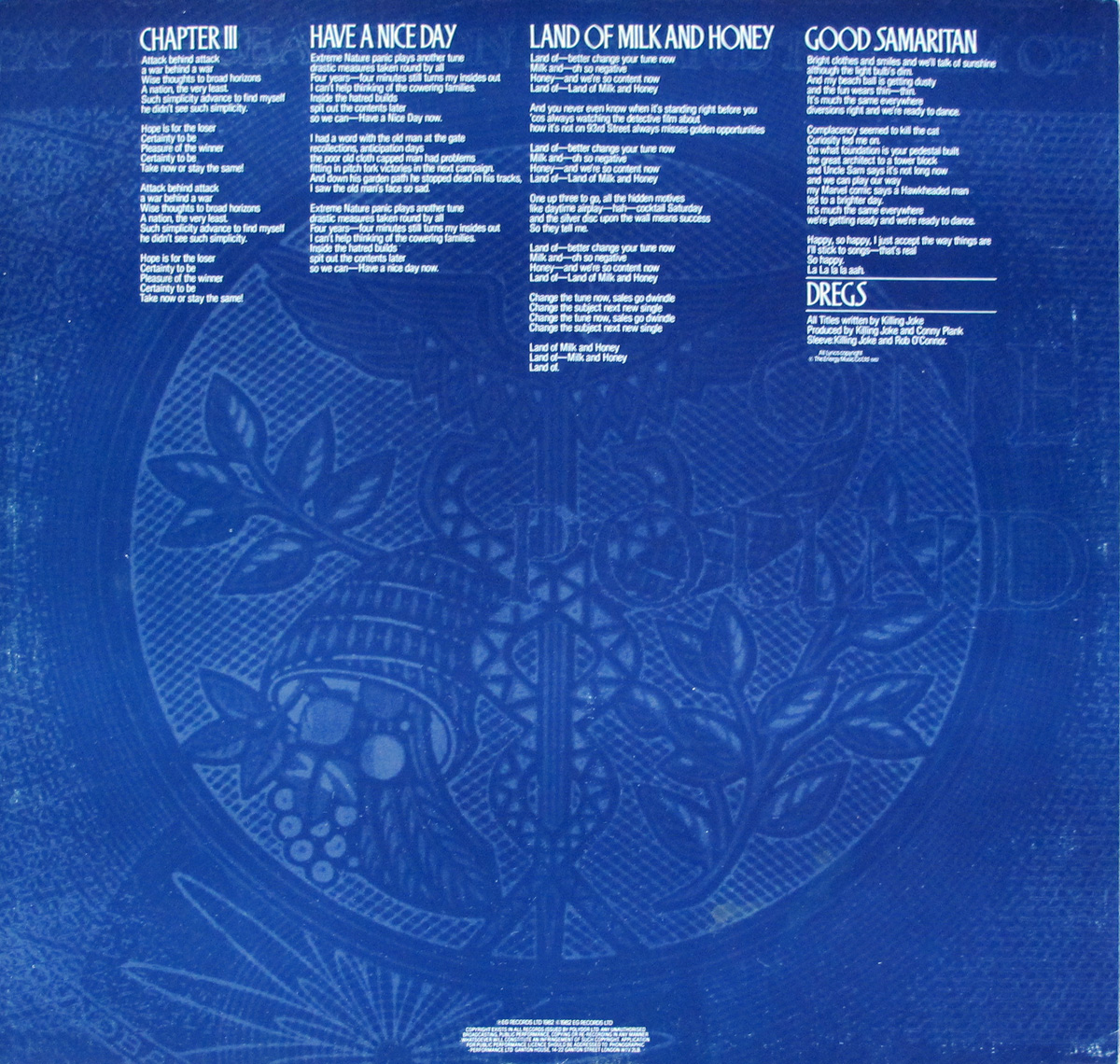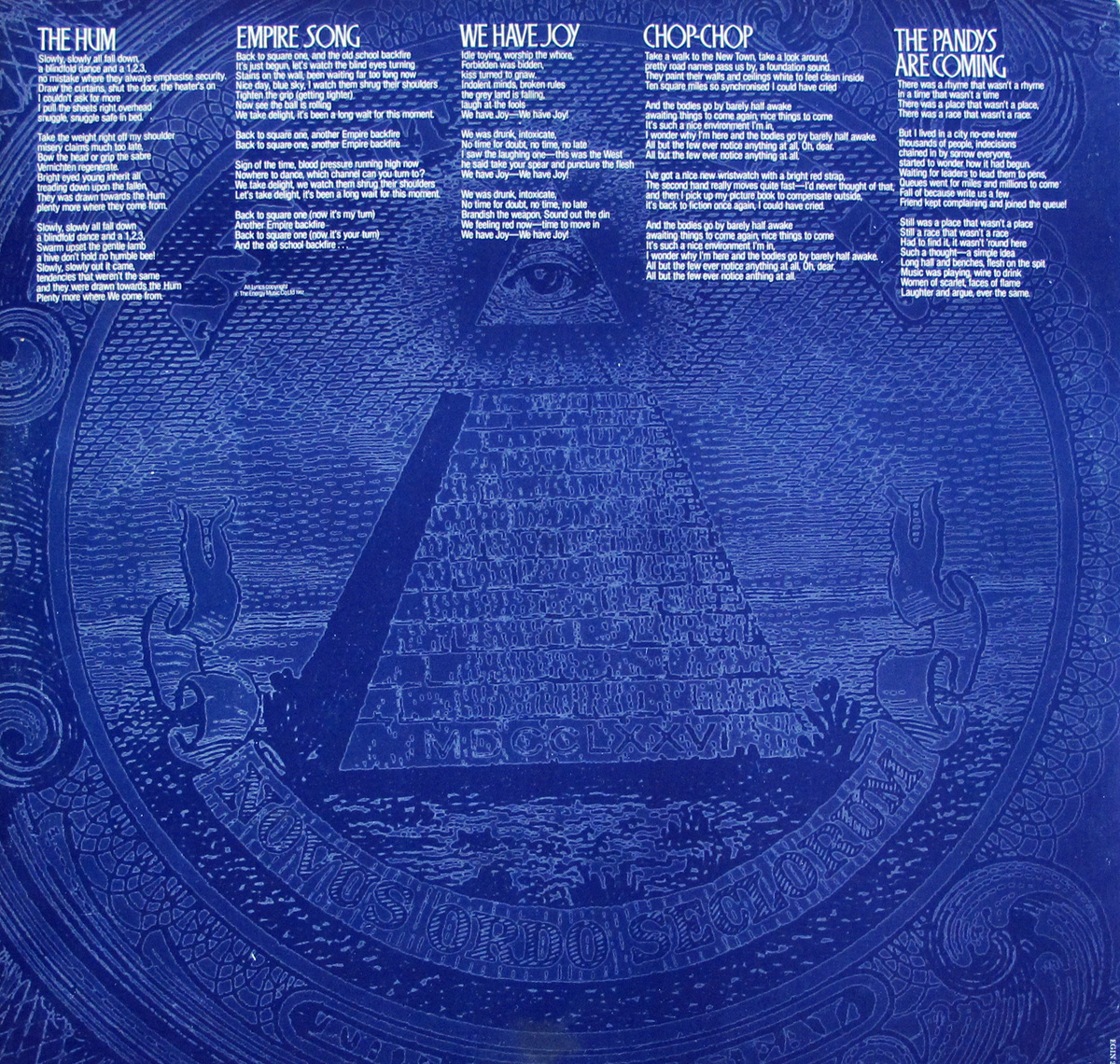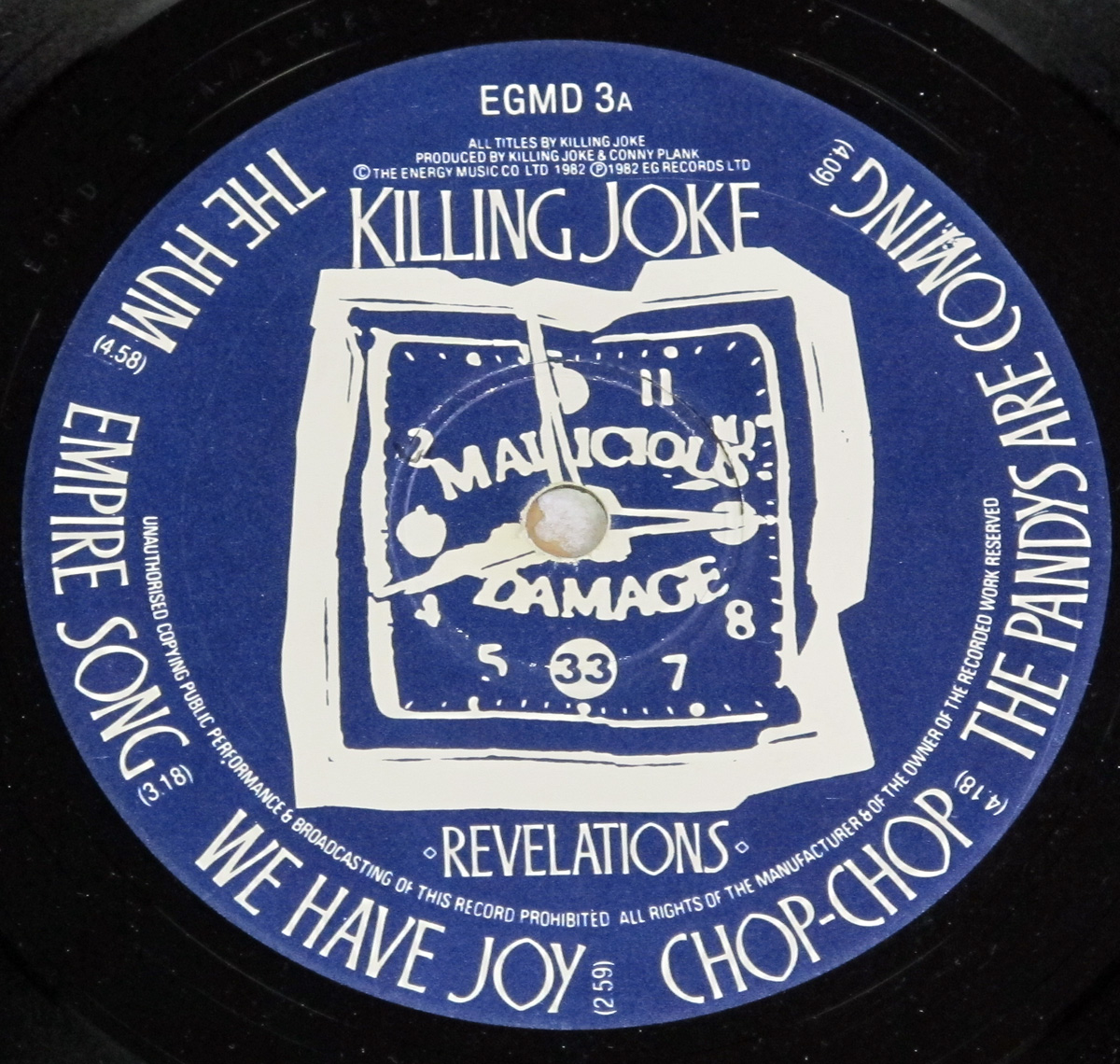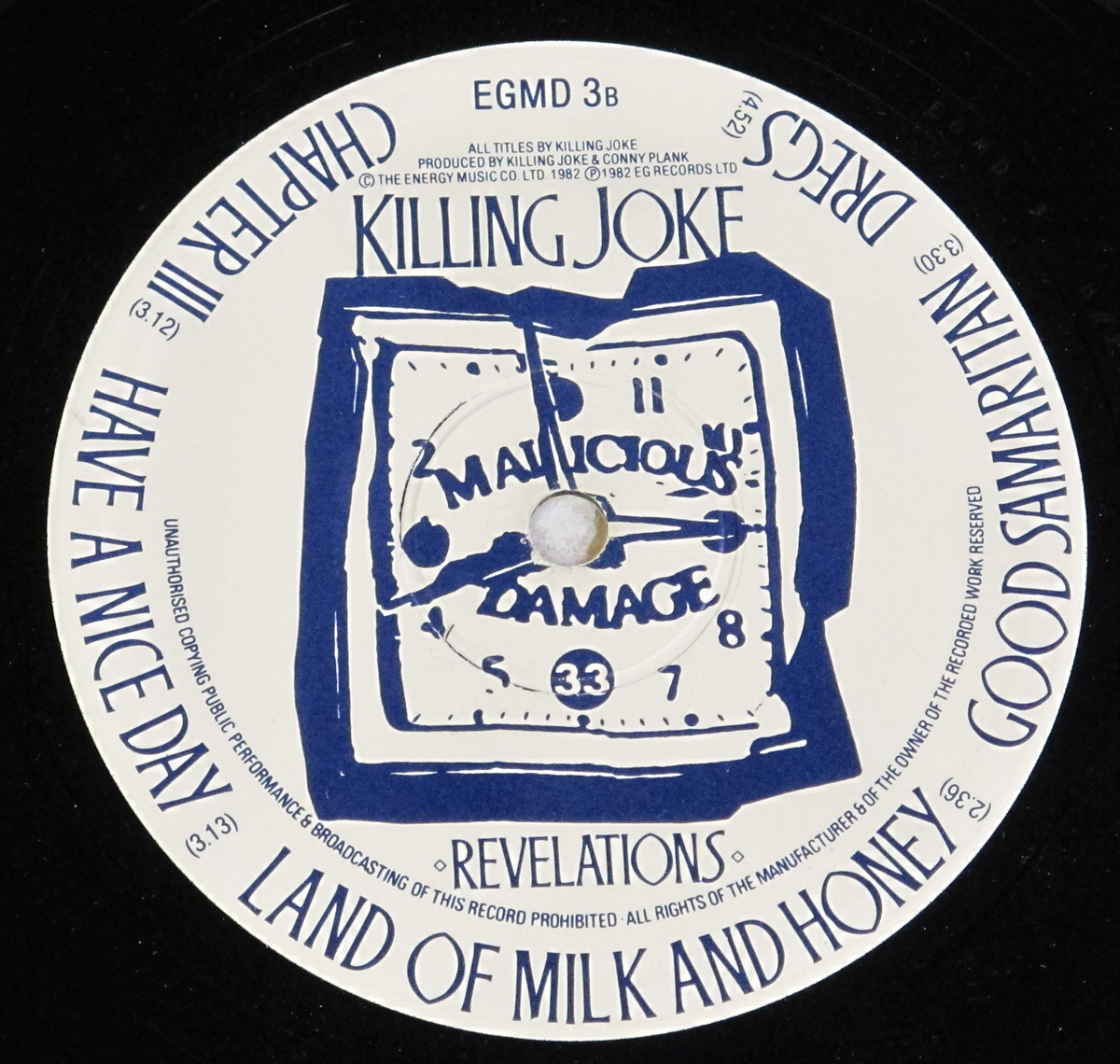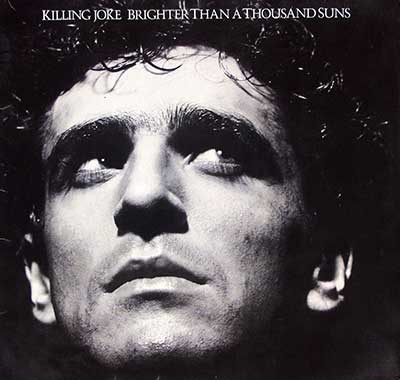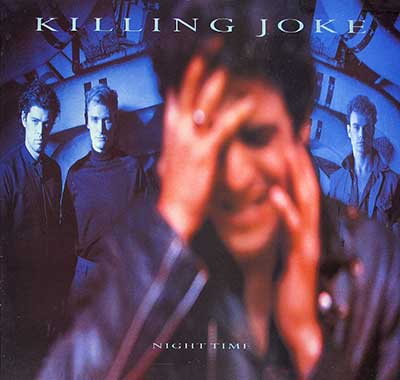KILLING JOKE – REVELATIONS 12" Vinyl LP Album
- The 1982 post-punk masterpiece produced by Conny Plank that redefined industrial sound
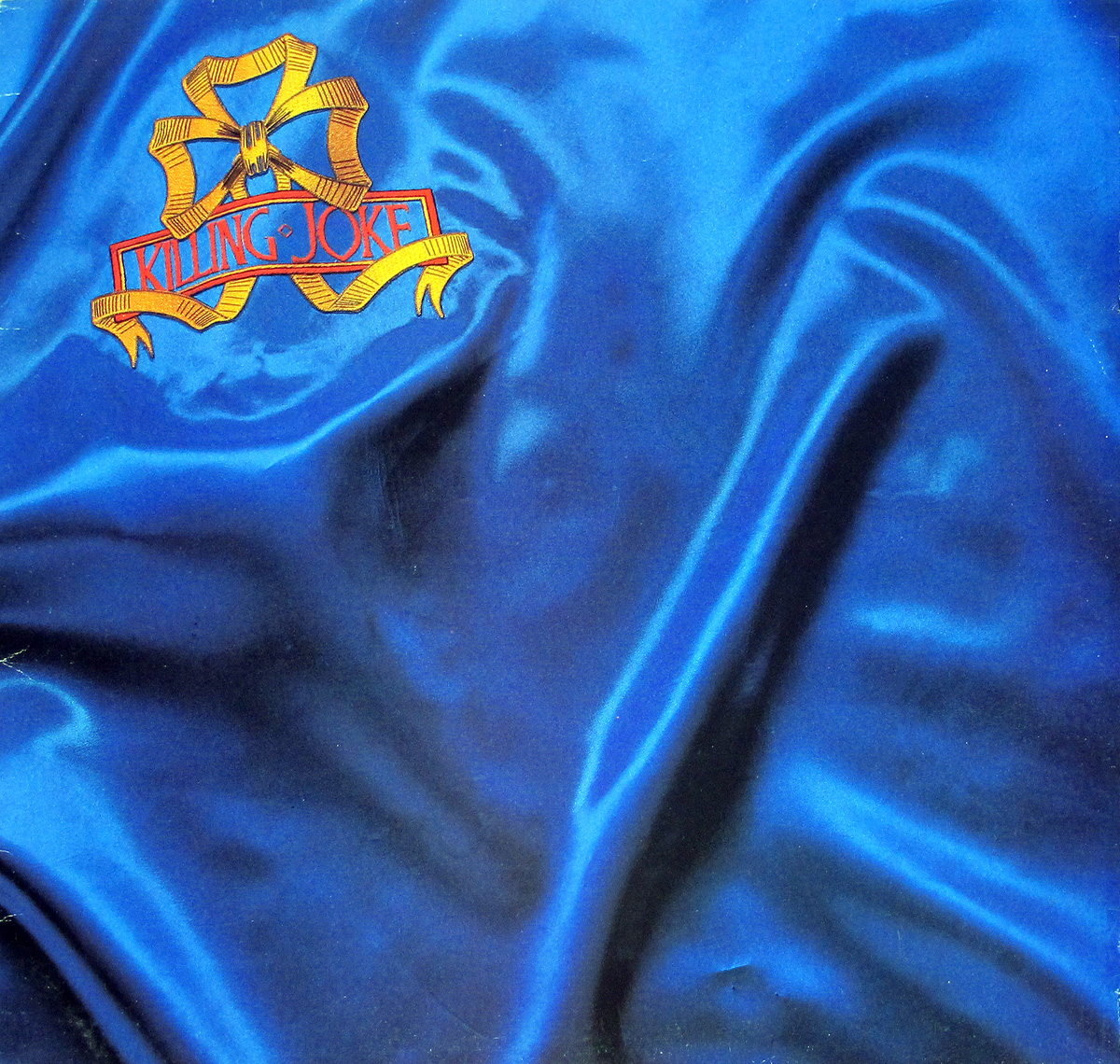
"Revelations" is the third studio album by English post-punk pioneers Killing Joke, released in 1982. Recorded under the production of Conny Plank, it captures the raw tension of a world on the brink—tribal drumming, icy synthesizers, and Jaz Coleman’s prophetic vocals combine into a work that helped shape industrial rock and darkwave. Featuring the cult single “Empire Song,” this LP stands as a landmark of sonic rebellion and apocalyptic vision.
